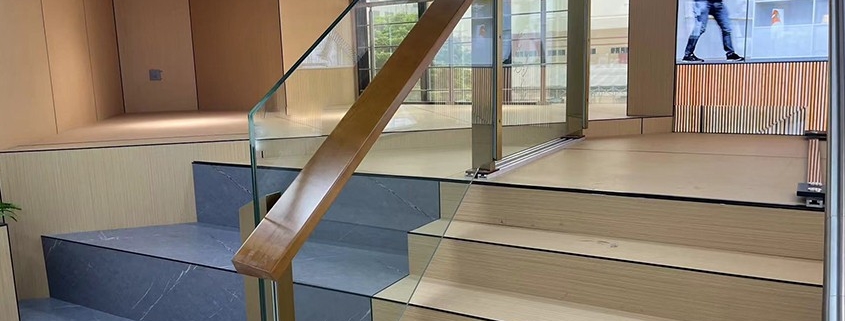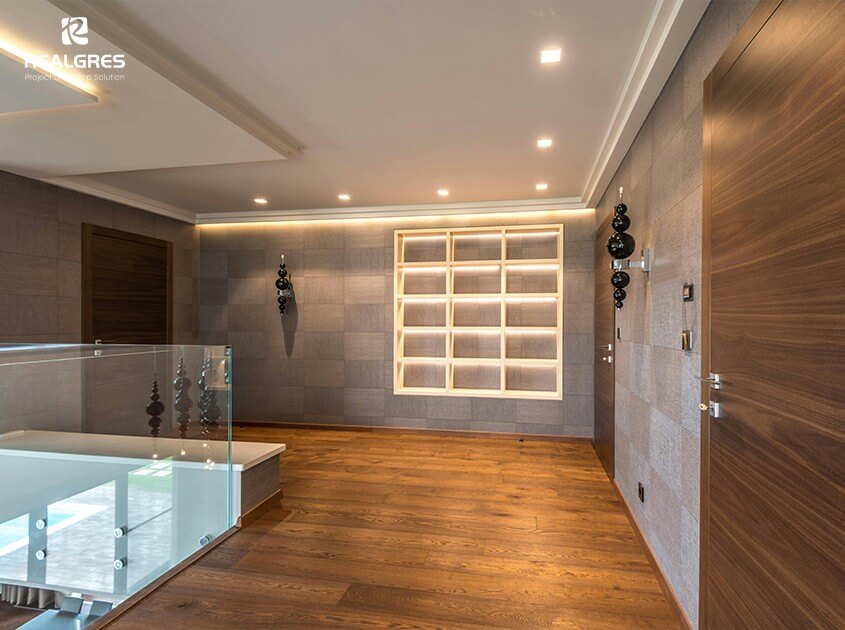The Latest Design of Contemporary Stair Railing
Contemporary Stair Railing
When designing stairs, selecting the type of handrail is a crucial decision.
Glass railing and solid wood railing are two popular choices, each with distinct advantages and considerations.
In this article, we’ll delve into which one is more suitable for our daily lives, not only embodying taste and beauty but also minimizing maintenance costs while enhancing safety.
The Pros and Cons of Glass Railings

Custom Glass Stair Railings by Realgres
Pros:
Custom glass stair railings exude a sleek and contemporary aesthetic, enhancing the overall appearance of the stairs and surrounding spaces. Their transparent nature offers unobstructed views, ideal for modern designs and environments with limited space. Moreover, glass railings are effortless to clean and maintain, requiring only occasional wiping to retain their pristine appearance.
Cons:
However, glass railings may pose safety concerns, especially in households with children or pets. Compared to solid wood railings, they are more prone to breakage and lack sturdiness.
The Pros and Cons of Solid Wood Railings
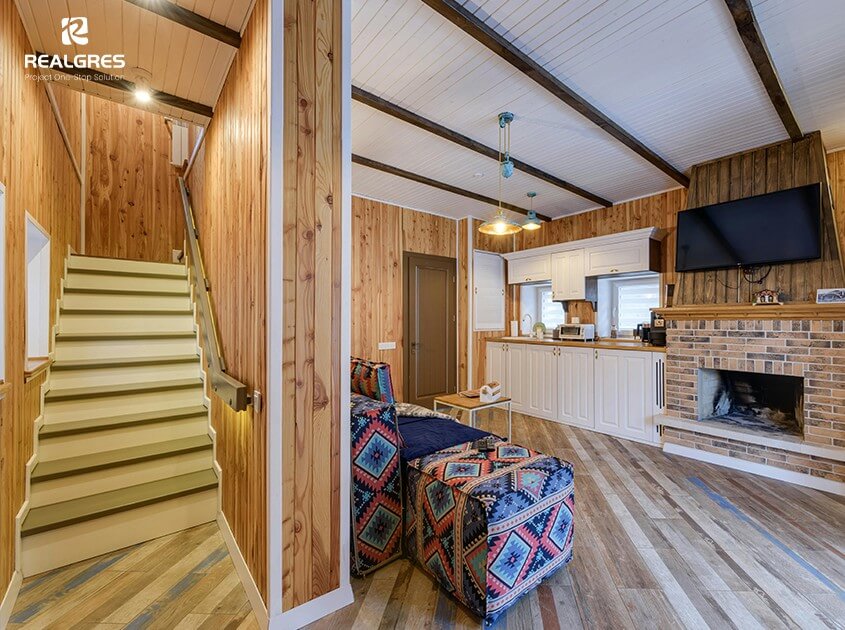
Solid Wood Railings for Cozy Home
Pros:
Solid wood railings exude warmth, elegance, and timeless charm, adding a touch of sophistication to any staircase. They offer exceptional durability and strength, providing a sturdy support system for those ascending or descending the stairs. Additionally, wood railings can be customized to match the existing décor and architectural style of a home, offering limitless design possibilities.
Cons:
Over time, however, they may require more maintenance, such as regular refinishing or repairs due to wear and tear. Furthermore, wood railings can obstruct views and natural light in smaller areas.
The Argument for Safety
When considering safety, there are significant differences between custom glass stair railings and solid wood railings.
Glass railings, with their transparent panels, offer an open view but may pose risks in homes with children or pets.
Their inherent fragility makes them prone to breakage upon impact, potentially leading to accidents or injuries.
Additionally, glass railings lack the tactile feedback and grip provided by solid wood railings, making them less secure to grasp while navigating stairs.
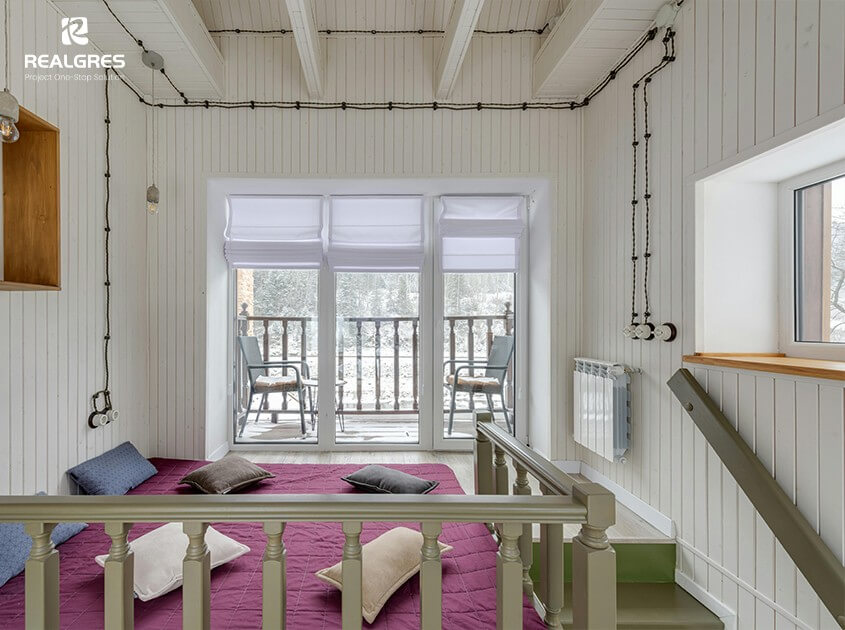
Custom Solid Wood Stair Railings by Realgres
Conversely, solid wood railings offer sturdy support and stability, minimizing the risk of slips, falls, and accidents.
Their solid construction and tactile surface make them easier to grasp, providing a reassuring sense of security for those using the stairs.
Therefore, when safety is a top priority in stair design, solid wood railings may be the preferred choice for families seeking to minimize risks and ensure the wellbeing of their residents.
The Debate on Aesthetics
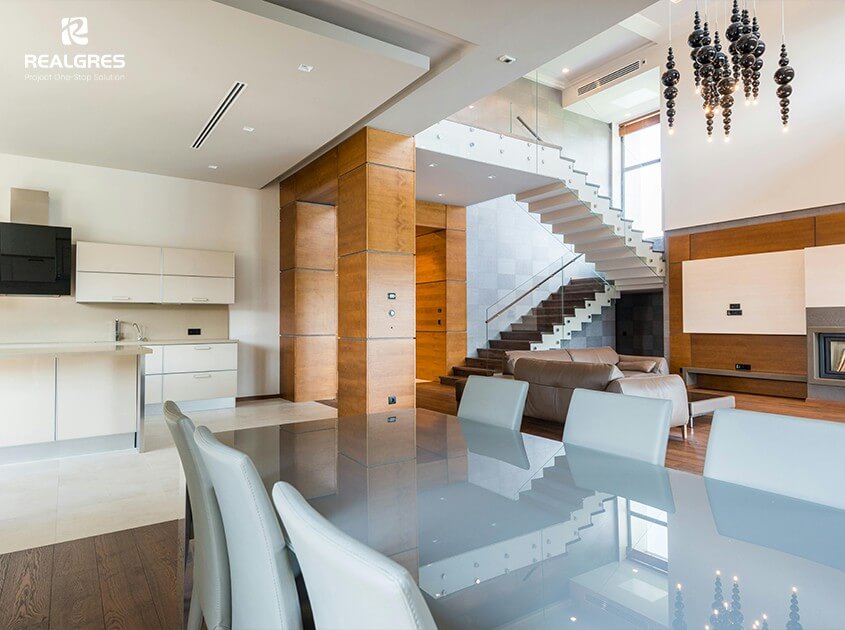
Custom Glass Stair Railings by Realgres
Glass railings, with their transparent panels, offer an unobstructed view, allowing natural light to flow freely and creating a sense of openness and spaciousness.
This transparency can enhance the visual appeal of a staircase, especially in modern and contemporary homes.
Glass railings also come in a variety of styles and finishes, allowing for customization to match the overall design aesthetic of a space.
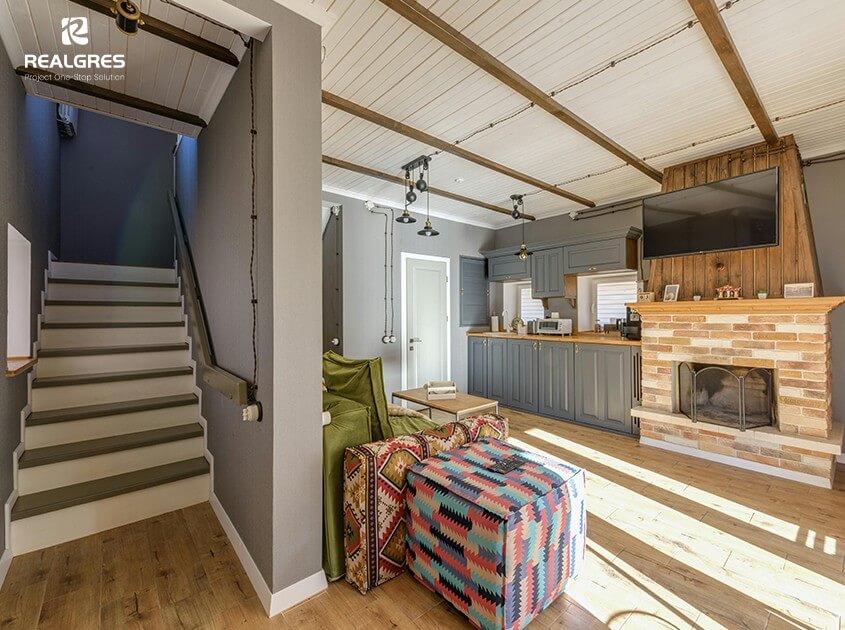
Custom Solid Wood Stair Railings by Realgres
However, solid wood railings offer a unique warmth and elegance that glass cannot replicate.
Wood’s natural grain and texture add visual interest and character to a staircase, creating a cozy and inviting atmosphere.
Wood railings can also be customized to match the existing décor and style of a home, blending seamlessly into the overall design.
The Case for Maintenance
When comparing the maintenance requirements of glass and wood railings, there are notable differences.
Glass railings typically require less maintenance, as they can be easily cleaned with glass cleaner and a soft cloth to remove dirt, fingerprints, and smudges.
Regular cleaning is generally sufficient to keep glass railings looking clean and pristine.
However, in areas with hard water or high humidity, glass railings may be more prone to water spots or streaks and may require more frequent cleaning.

Custom Glass Stair Railings for Commercial Occasions
On the other hand, solid wood railings require more maintenance to maintain their appearance and condition.
Wood railings need to be regularly cleaned and polished to remove dust, dirt, and grime that accumulate over time.
Additionally, wood railings may require periodic refinishing or resealing to protect against moisture damage and maintain their color and gloss.
Depending on the type of wood and finish used, wood railings may also be susceptible to scratches, dents, and fading due to prolonged exposure to sunlight.
Proper care of wood railings may include sanding, staining, and sealing to restore their appearance and prevent wear and tear.
The Financial Aspect
When comparing the costs of custom glass stair railings and solid wood railings, several factors come into play.
Glass railings tend to have higher upfront costs due to the materials and installation requirements.
Glass panels, especially those made of tempered or laminated glass, can be relatively expensive compared to wood.
Additionally, installing glass railings may require specialized hardware and labor, driving up the initial cost.

Premium Glass Railing by Realgres
On the other hand, the upfront cost of solid wood handrails can be comparatively lower, especially when utilizing standard woods like pine or oak.
The material for wooden handrails is generally cheaper than glass, and installation may not be as intricate, reducing labor costs.
However, the total cost of wooden handrails can vary significantly based on factors like wood type, surface treatment, and customization options.
Exotic wood species or intricate designs can significantly inflate the cost of solid wood handrails.
It’s also crucial to consider the long-term costs.
While glass handrails may have a higher initial investment, they typically require less maintenance over time, resulting in cost savings in the long run.
Conversely, solid wood handrails may necessitate more frequent upkeep and repairs, potentially adding extra expenses during the lifespan of the handrail.
Ultimately, the choice between glass and wooden handrails hinges on budgetary constraints, desired aesthetics, and functional requirements.
Conclusion
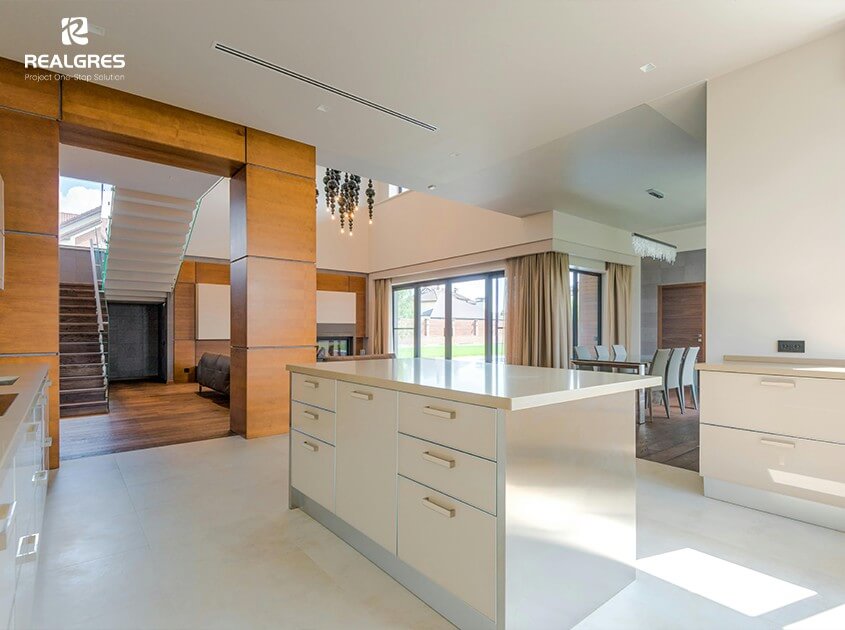
Custom Glass Stair Railings by Realgres
In conclusion, glass and solid wood handrails both offer unique advantages and considerations.
The ultimate decision rests on personal preferences, design aesthetics, maintenance demands, and safety concerns.
Whether you opt for the sleek sophistication of glass handrails or the timeless elegance of solid wood, selecting the right handrail not only enhances the overall appearance and functionality of your staircase, but also ensures the safety and comfort of everyone in your home.
Make an informed choice that not only meets your budgetary requirements but also aligns with your vision for a stylish and secure staircase.

